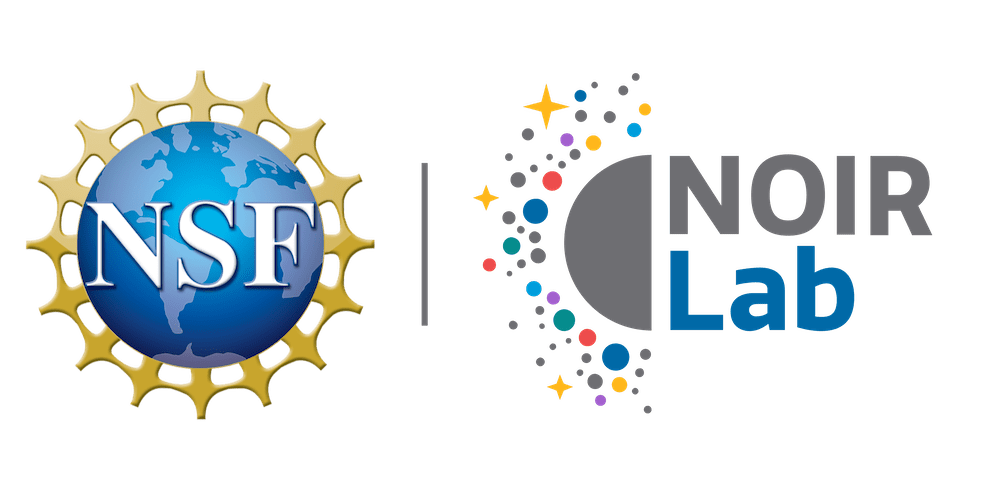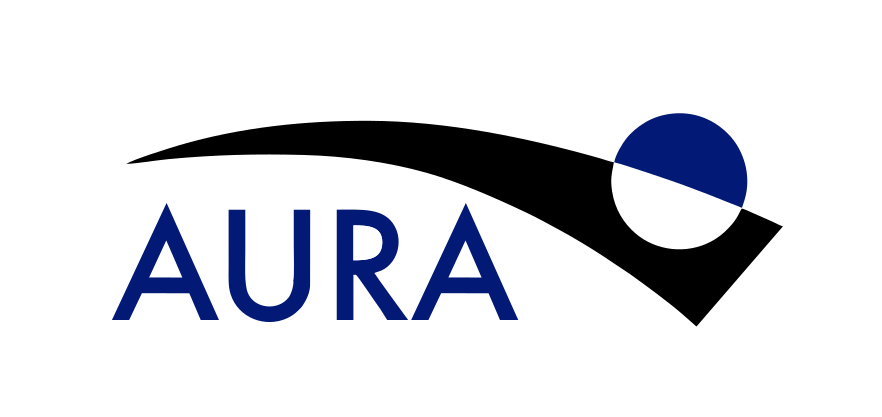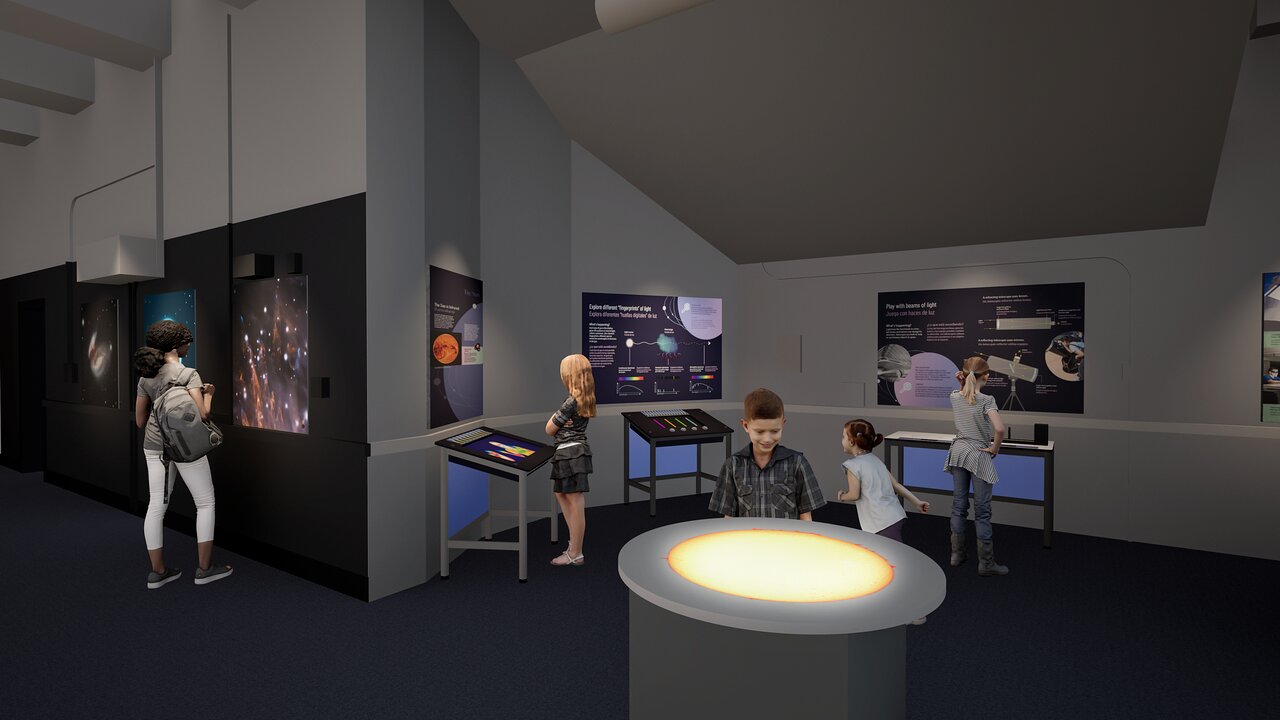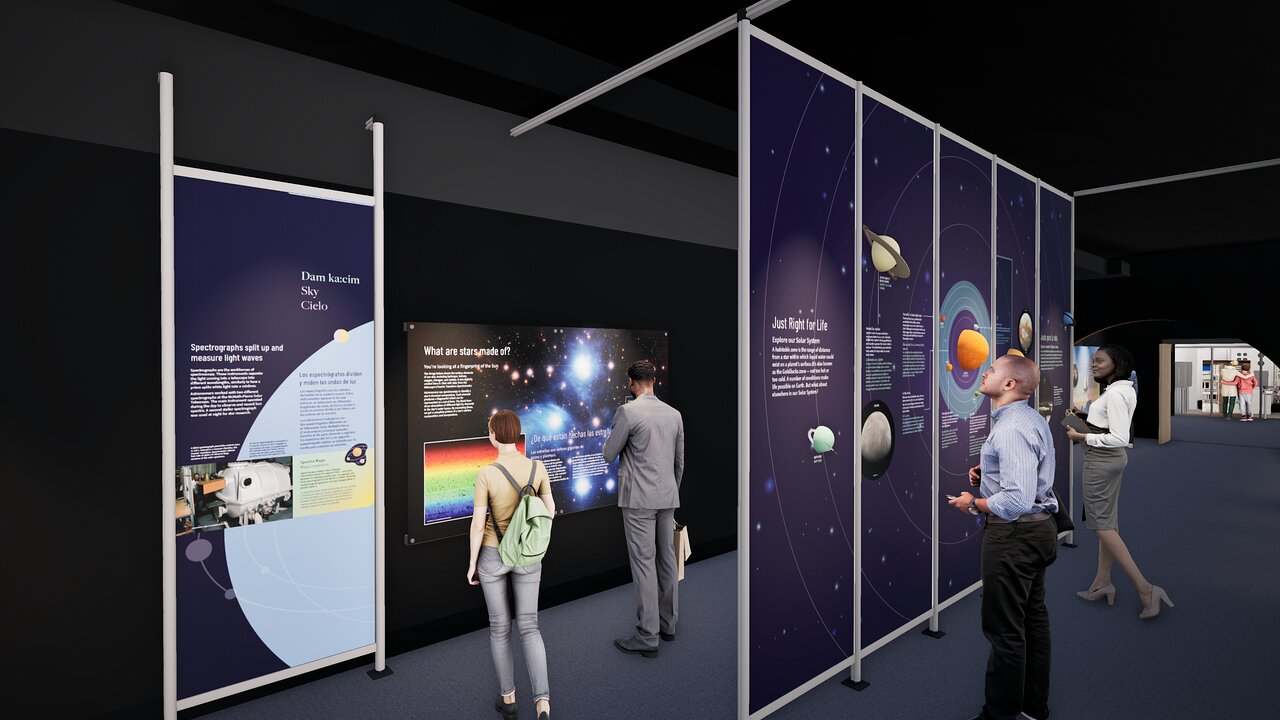Windows on the Universe Center
The McMath-Pierce Solar Telescope
Coming Soon to KPNO
Arizona’s signature desert air and wide open skies make it a state with a large, astronomy-interested tourist market and a destination of choice for national and international travelers interested in exploring the night sky. Soon a new attraction will be added to the list of must-see Arizona locations: the Windows on the Universe Center for Astronomy Outreach, or Windows Center for short, will open in the recently-retired McMath-Pierce Solar Telescope (MMP), located at Kitt Peak National Observatory (KPNO), part of NSF’s NOIRLab. This will be operated as a part of the well-known Kitt Peak Visitor Center (KPVC), which has operated since 1964.
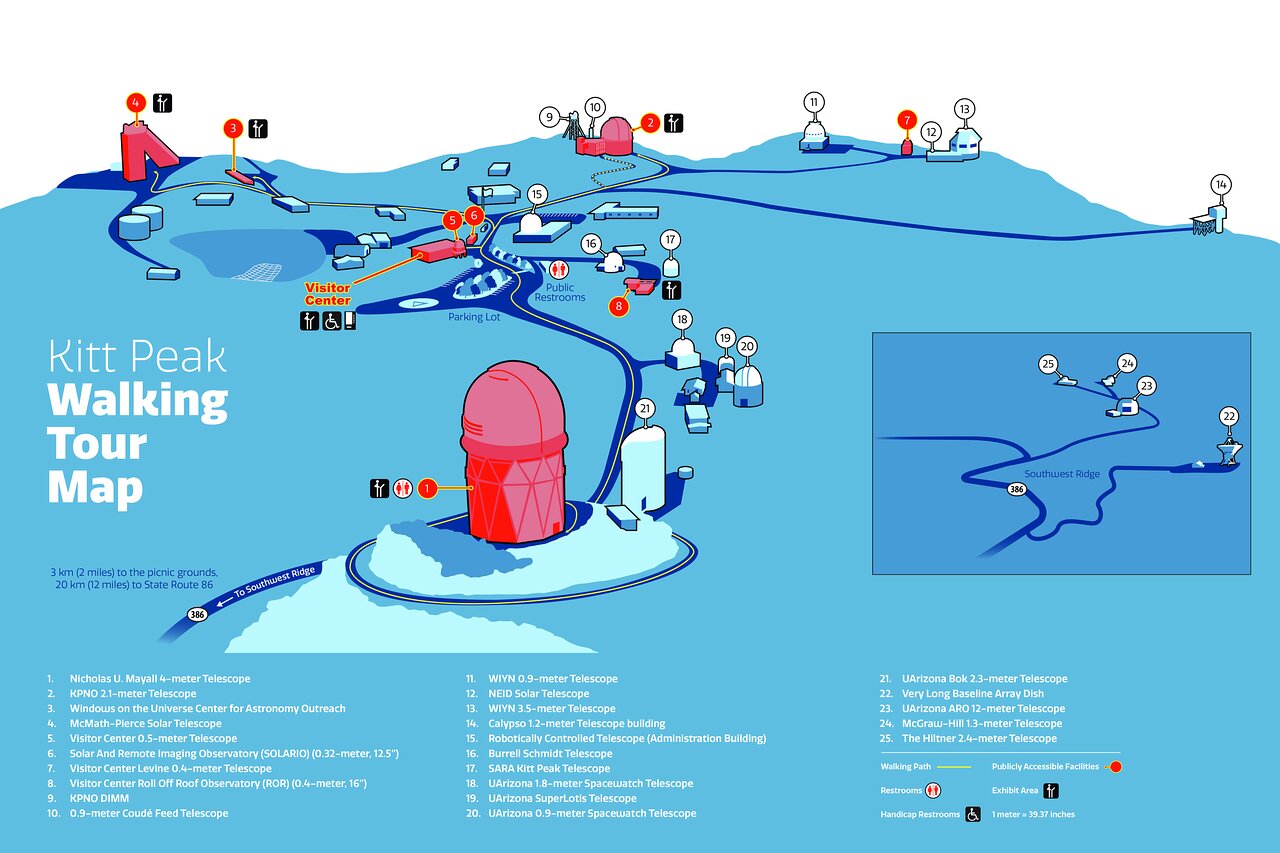
The MMP (upper left) seen alongside the rest of KPNO and the KPVC’s existing facilities — four telescopes, an auditorium, exhibits, telescope galleries, a gift shop — and its existing successful daytime and nighttime programs. The sky island is on Tohono O’odham Nation sacred land with a unique mountain environment, geology, flora and fauna.
For many years, the MMP was the largest solar telescope in the world. It was decommissioned in 2017, but the approximately 8000-square-foot interior has been given a new life as a dynamic astronomy visualization and presentation center focused on astronomy funded by the National Science Foundation.
By exploring the interactive exhibits and educational programs offered in the Windows Center, visitors will gain a deeper understanding of the history of astronomy research and how it has led to humanity’s current understanding of the cosmos, while experiencing the iconic MMP architecture and unique live daytime solar disk viewing, interactive spectroscopy, and nighttime viewing of bright objects.
The current level of resources dictates that once all building modifications have been completed, the individual spaces within the facility will be filled in phases. Phase I includes a revamped front entrance, the first iteration of the Lobby area, a fully revamped Control Room, basic exhibits throughout the rest of the space, and a Science on a Sphere data visualization system. With the public opening scheduled for early 2025, visitors can expect an experience built on NOIRLab’s foundational principle of Discovering Our Universe Together.
The visitor experience begins at the original entrance to the MMP’s main floor, which has been completely replaced and developed into a more energy-efficient and secure façade. Once inside, the Lobby establishes a sense of place for visitors, orienting them to the MMP by providing an overview of some of the accomplishments of astronomers who have used the facility over the years. A primary focus of the Lobby area is KPNO’s location on the lands of the Tohono O’odham Nation, specifically on Iolkam Du'ag (the original O’odham name for the mountain), as well as the relationship between the observatory and Nation members.
Visitor flow naturally progresses from the Lobby into the Understanding our Universe hall which provides a blend of static and interactive exhibits covering modern astronomy and physics, the electromagnetic spectrum, and the instruments astronomers use to probe the Universe. In this area, visitors can better understand our place in the Universe, how we know what we know about the cosmos, and why it’s relevant.
Beyond the Understanding our Universe gallery hall, visitors enter the MMP Telescope Control Room. Several vintage aspects of the room have been preserved and incorporated into the experience including restored computers and analog control panel. Here, visitors can witness first-hand what the Sun looks like through a large solar telescope and learn to identify features like sunspots and granulation. The room also features a large live solar spectrum on a touch screen interactive panel so visitors can explore the details of the spectrum and identify the elements behind its absorption lines.
As they exit the Control Room, visitors enter a gallery tentatively named Kitt Peak, I'itoi's Garden which features images and information about nature on the sky island, the Tohono O’odham Tribe, its culture and connection with the cosmos. Adjoining this gallery is the Astronomy Lab which will be used for scheduled special educational programs and multi-use events, especially those that engage students from the Tohono O’odham Nation.
At the far end of the exhibit area is the Science on a Sphere exhibit which projects myriad videos and images on a spherical multimedia screen where visitors, together with a guide, can virtually explore planetary data from our Solar System and beyond.
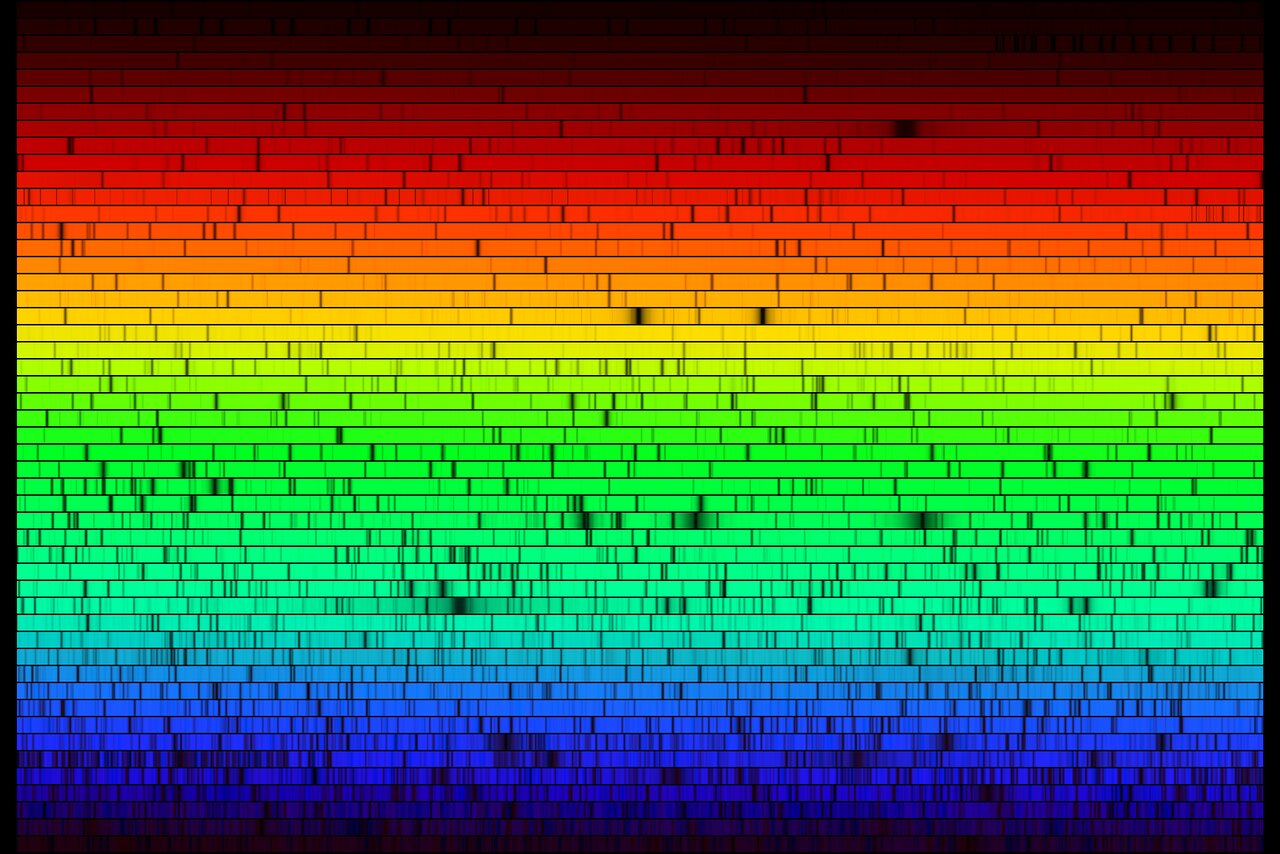
A state-of-the-art high-resolution solar spectrum created from a digital atlas observed with the Fourier Transform Spectrometer at the MMP by Robert L. Kurucz, Ingemar Furenlid, James Brault, and Larry Testerman. Credit: N.A. Sharp/KPNO/NOIRLab/NSO/NSF/AURA
All Windows Center programs and exhibits are designed to enhance participants’ knowledge and perspective of science, and will be presented in visitors’ predominant languages: English, Spanish, and O’odham. Through effective communication by exhibits and staff, the Windows Center has the potential to positively influence life outcomes, particularly for young people, by illuminating career possibilities or providing motivation to obtain advanced education.
With the execution of subsequent phases — as funds allow — the visitor experience will be further enhanced with a facility-wide audio system, outdoor exhibits, a gallery inside the facility’s optical viewing tunnel, and a planetarium adjacent to the lobby where visitors can immerse themselves in the cosmos as revealed by KPNO and NSF observatories around the world. All content developed for the planetarium and exhibition will be shared with other established science centers and museums around the globe, creating international impact and visibility. The Windows Center will be only the second facility in the world with free, openly accessible materials.
NOIRLab can neither successfully complete the subsequent phases of the Windows Center exhibits nor run the Kitt Peak Visitor Center operations without supporting funding beyond that provided by the visitors. Membership programs, events, naming sponsorships, endowments, and fundraising campaigns are all strategies that NOIRLab will pursue to raise funds.
